In 1854, Italian engineer and inventor Ignazio Porro succeeded in making the first prismatic monocular, which became the prototype of the prismatic binoculars made by the German instrument company Zeiss a few decades later.
Porro Prism binoculars are named after him.
Before Porro invented this optical design, only Galilean binoculars or opera glasses could produce an upright image.
The main disadvantage of opera glasses is that the field of view decreases in proportion to the magnification. The Porro Prism design was revolutionary because binoculars could now maintain a wide field of view even with magnifications over 5×.
Porro Prism binoculars make full use of Total Internal Reflection, which enables us to get a bright and crisp image at a small cost. Although Roof Prism binoculars are now the dominant design for high-end, expensive binoculars, Porro Prism binoculars are still popular among binocular enthusiasts.
The position of the prisms in binoculars is so precise that if you take them apart, unless you are a skilled technician, you’ll likely ruin your pair. Since most people have not seen the inner workings of binoculars; I got a pair that did not pass the quality control from Hinode Optics, so I can show you what’s inside.
What’s inside Porro Prism Binoculars?
There are two types of Porro Prism Binoculars: Regular Porro and Mini Porro (see below).
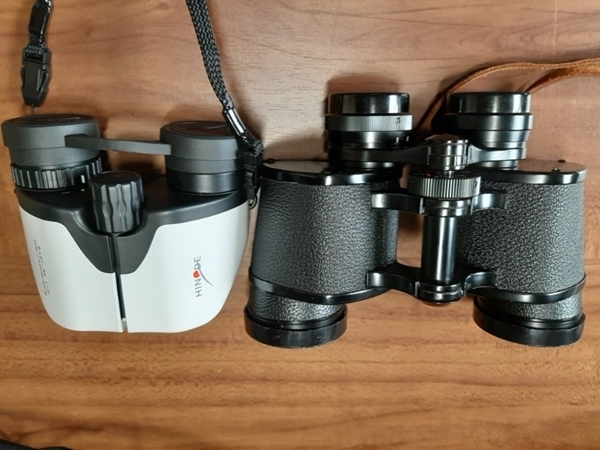
Left: Mini Porro, Right: Regular Porro.
Light enters the objective lenses and goes through a pair of Porro Prisms with the image rotated 180 degrees. The paths of light are reflected inwards to fit your interpupillary distance.
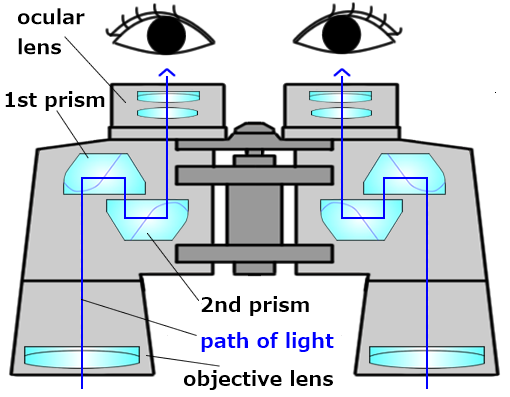
For apertures of 30mm or larger, Regular Porro Prisms are used.
In the Mini Porro design, Porro Prisms are used as well, but the prisms are placed inwards, making the body compact (see below).
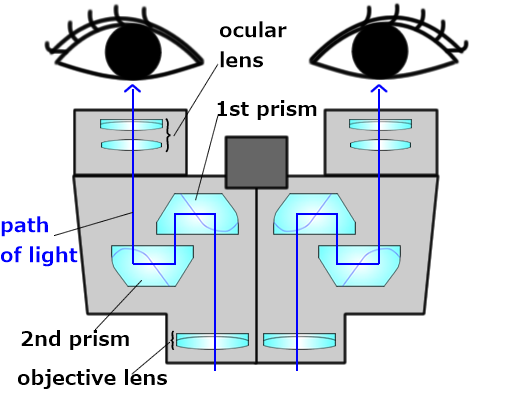
If you are unable to see the object with compact binoculars, you may be looking through the binoculars from the wrong side (the objective lenses).
I took my Porro Prism Binoculars (Mini Porro) apart to show you what’s inside.
I took out one of the eyepieces to see how Porro Prism binoculars work. Most of the parts are assembled with tiny screws and glue, which gave me more trouble than anticipated.

I used a laser pointer to show how the light travels through the binoculars (see below).
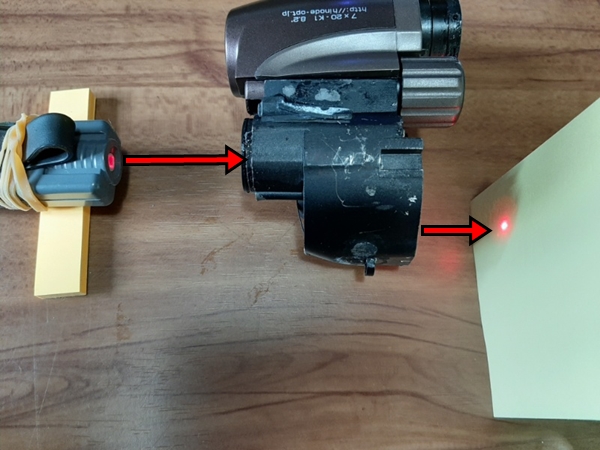
In the next photo, from behind the removed eyepiece, the first prism points inwards. This is a characteristic of Mini Porro.

The reason why Porro Prisms are used in pairs
As shown in the diagram above, a pair of Porro Prisms are used for binoculars. Many binoculars are based on the Keplerian telescope design, which produces an inverted image.
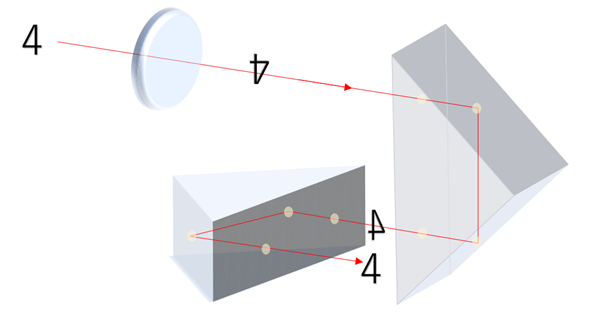
An inverted image is okay for astronomical use, as there is no need to perceive upright in outer space.
However, binoculars are usually used to see objects here on earth, so it is important to be able to get an upright image, which is the primary reason why binoculars need prisms.

Zeiss was the first company to successfully commercialize 8×20 Porro Prism binoculars in 1894. Porro Prisms continue to be one of the major optical binocular designs, along with Roof Prism.
